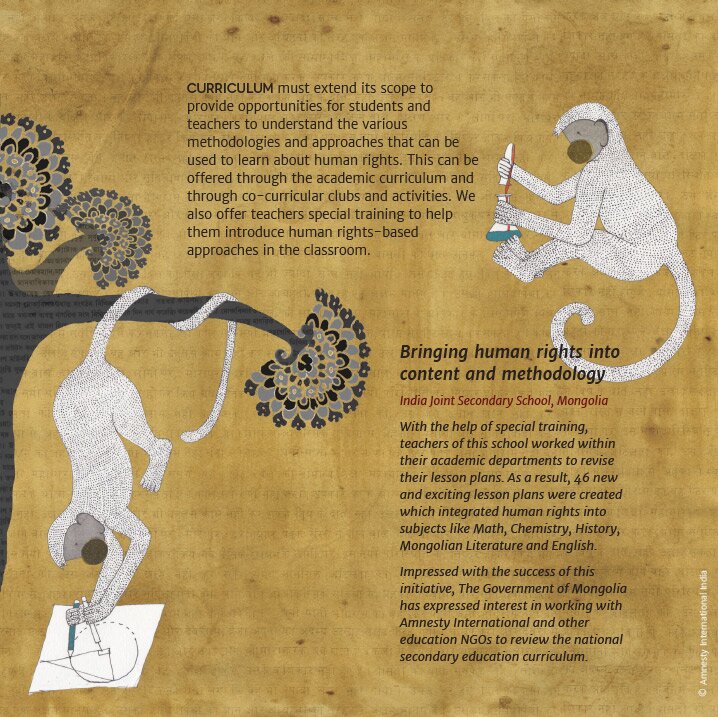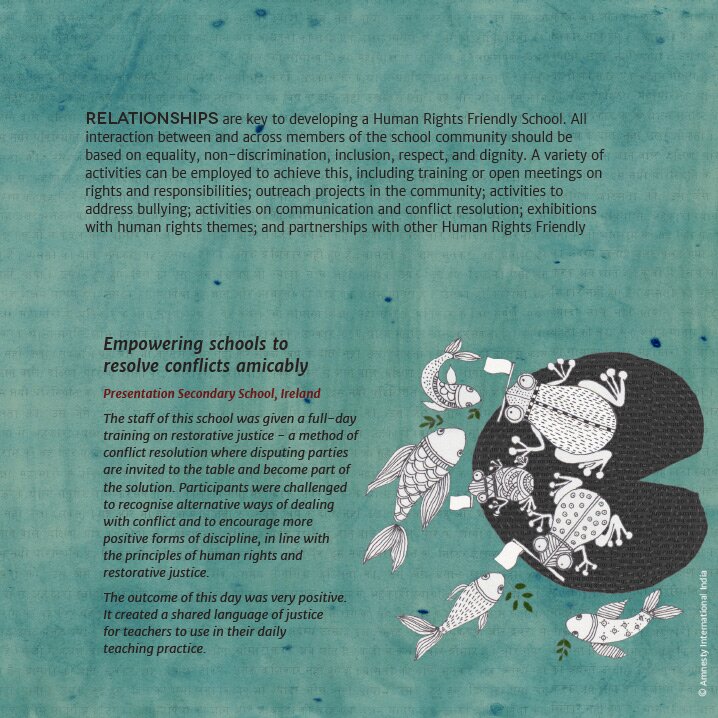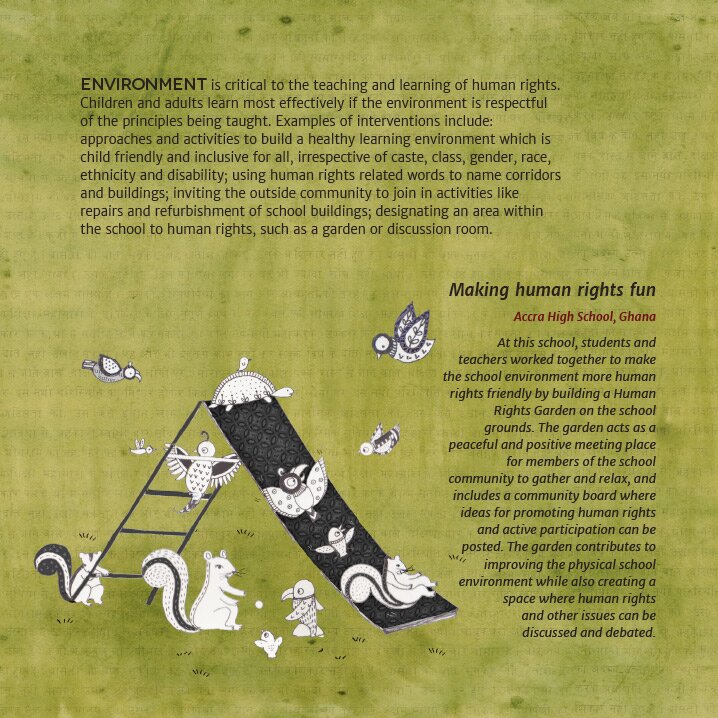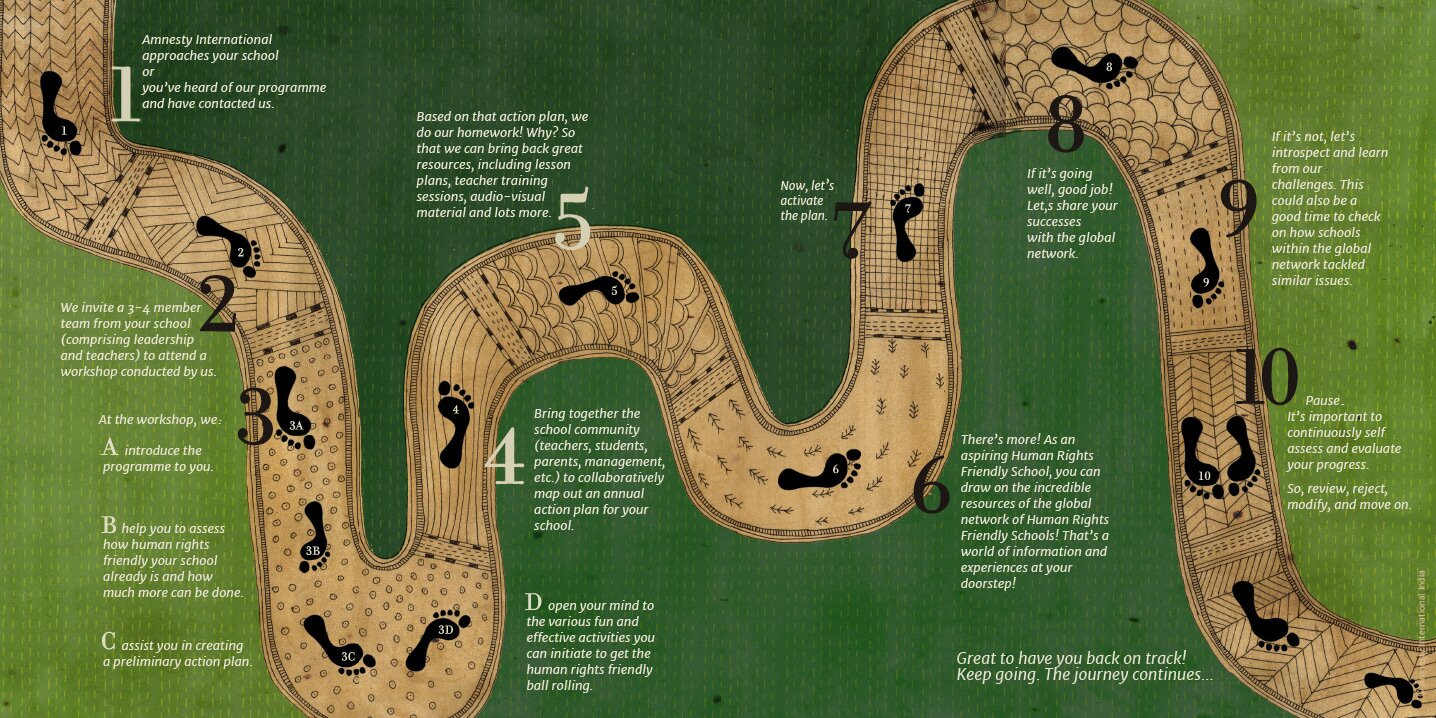fact
70 percent of students experience bullying in school*
INPUT
You never outgrow the effects of bullying**
Children who are bullied could experience the effects long into adulthood, a recent study has shown. Conducted by a research team led by professor Dieter Wolke of the University of Warwick and William E Copeland of Duke University Medical Centre, the study assessed 1,420 participants four to six times between the ages of 9 and 16 years and adult outcomes between 24-26 years of age.
The results show that people who were bullied as children were twice as likely to have difficulty in keeping a job in adulthood, while many showed signs of having difficulty in forming social relationships. One group in particular – the bully-victims – so named because to identify people who turned to bullying after being bullied themselves, are allegedly the most vulnerable. They are at greatest risk for health problems in adulthood, over six times more likely to be diagnosed with a serious illness, smoke regularly, or develop a psychiatric disorder compared to those not involved in bullying.
*Survey conducted by the Parents Teachers Association United Forum (PTAUF) in 150 schools in Mumbai and Thane
To read the report visit:
** - Jama Psychiatry
** - The Times of India
Amnesty's view
TARA RAO, DIRECTOR, HUMAN RIGHTS FOR EDUCATION PROGRAMME, AMNESTY INTERNATIONAL INDIA
Tara tells us why bullying is more than just a childhood rite of passage.
At its core, bullying is a human rights violation. It takes away students’ rights to respect and dignity, and infringes on the basic human rights values of inclusion, participation and non-discrimination. An act of bullying is a form of violence, and can often have a serious impact on a child’s physical, mental, moral and social development. The social acceptance of bullying as a part of “growing up” exacerbates the problem, with many believing it to be a means by which children can “toughen up” and prepare for adulthood.
Bullying affects everyone - not only youth who are bullied but also those who bully, those who witness bullying - even the whole school and community. With reportedly only 20-40 percent of children reporting occurrences of bullying,* it is important for parents, teachers and the wider public to take a more active role in identifying and curbing the practice of bullying and nurture a rights respecting culture that rises above visible differences.
We at Amnesty International India believe that integrating values of human rights into education will help create a more inclusive environment – one that is based on equality, non-discrimination, dignity and respect. As places of learning, schools are fertile ground where the seeds of equality and justice can be sowed and nurtured to create a generation of citizens who uphold the values and principles of human rights.
* Survey conducted by the Parents Teachers Association United Forum (PTAUF) in 150 schools in Mumbai and Thane
expert view
ANIRBAN RAY AND DR. SHEKHAR SESHADRI, DEPARTMENT OF CHILD AND ADOLESCENT PSYCHIATRY, NIMHANS, BANGALORE.
Dr. Shekhar Seshadri tells us about how bullying can affect a child, and how a ‘whole school approach’ is key to addressing the problem.
Bullying is a form of systematic abuse of power—the commonest form of aggression in children. It can be defined as repetitive, aggressive behaviours intended to hurt another person physically and mentally where there is imbalance of power between perpetrator and victim. It can be ‘direct’ such as physical, verbal, psychological, sexual even virtual(cyberbullying) or ‘indirect’ in the form of social aggression like spreading rumours, refusing to socialise with victim, bullying others who socialise with the target, criticising the victim’s dress or other socially significant markers. While weekly prevalence is said to be around 15-18%, according to American Psychological Association, life-time prevalence is 40-80% either as victims or perpetrators. Bullying seems to increase from elementary classes to high school years. Though in senior high school level, physical form tends to drop a bit.
Bullying can result in serious consequences in young ones’ life and future. Anxiety, lack of confidence, depression even suicide are not rare consequences in victims. While it was shown that a strong correlation exists between perpetrator role in school-bullying and legal and 'criminal' troubles as adults, this bullying habit also negatively influences their ability to develop positive relationship in future.
Since the time of Dan Olwens of Norway,(Olwens Bullying Prevention Program, Bergen, 1983) who is considered the father of the anti-bullying movement, there have been several bullying prevention programs throughout the world, with varying levels of success. These include the Sheffiled Project in England, ‘SAVE model’ in Spain, the Friendly School project in Australia, Expect Respect in USA, Donegal Primary Schools’ anti-bullying project in Ireland, etc.
All such projects have some common elements like awareness of school community especially the teaching staff and parents about the problem. A carefully coordinated ‘Whole School’ approach may be the key for success. For this, a strict ‘anti-bullying policy’ of the school needs to be formulated and implemented.
These programs vary in many different aspects. Intervention strategy variation is the most striking of these. It varies from non-punitive problem solving approaches like ‘No Blame’ approach where problem solving is left to students under supervision, or ‘Shared Concern Method’ for adolescents where mediation is done between victim and perpetrator groups through a trained mediator. On the other hand, various non-physical penalties, sanctions like withdrawal of privileges or in extreme cases suspension from school are practised. In various cases, professional clinical help can also be sought both for perpetrators and victims. Victims can also be trained in assertiveness, social skills and empowered to initiate the formation of friend circle or supportive peer group to develop resilience.
Along with intervention, prevention strategies like positive classroom environment or curriculum work on bullying have also been tried. Prior training and commitment of teachers and principals in bully management, along with involvement of parents and community at large including media coverage has been found to be essential for successful program implementation.
On further analysis, young children were found to be more responsive to an anti-bully programme than older ones. Girls exhibit more pro-social behaviours than boys in general, but instances of girl-bullying were found to be more difficult to tackle. The awareness and approach of by-standing peers who provide contingency in bullying are also essential.
We need more focused and dedicated approaches to do away with this silent menace.
Sourced From:
- “Bullying in schools: how successful can interventions be?” Eds. Peter K. Smith, Debra Pepler, and Ken Rigby, Cambrige University Press
- Rigby, K. & Smith, P. K. (2011) Is school bullying really on the rise?, Social Psychology of Education. Available online at: https://www.springerlink.com/content/1381-2890/
- ‘Bullying in School’ by Ron Banks Educational Resource Information Centre, U.S. department of Education Available Online
- Oliver, R., Hoover, J. H.,& Hazier, R. (1994). The perceived roles of bullying in small-town Midwestern schools. JOURNAL OF COUNSELING AND DEVELOPMENT, 72 (4), 416-419. EJ 489 169.
- Olweus, D. (1993). BULLYING AT SCHOOL: WHAT WE KNOW AND WHAT WE CAN DO. Cambridge, MA: Blackwell. ED 384 437.
 previous
previous
















 Leads the Human Rights for Education team in developing the Human Rights Education Programme with schools communities, resource networks and the wider public | BA in Architecture before joining the development sector | MA in Gender and a management degree | Previously worked as Senior Policy Advisor Global Climate and Energy Team for WWF | Lead author of Building an Equitable Green Economy, commissioned as a contribution to the Rio+20 Environment and Development Conference | Previously worked for various development bi-lateral and multi-lateral organisations - researching, assessing, evaluating and training | Enjoys playing tennis, singing/music and doing intricate jigsaw puzzles
Leads the Human Rights for Education team in developing the Human Rights Education Programme with schools communities, resource networks and the wider public | BA in Architecture before joining the development sector | MA in Gender and a management degree | Previously worked as Senior Policy Advisor Global Climate and Energy Team for WWF | Lead author of Building an Equitable Green Economy, commissioned as a contribution to the Rio+20 Environment and Development Conference | Previously worked for various development bi-lateral and multi-lateral organisations - researching, assessing, evaluating and training | Enjoys playing tennis, singing/music and doing intricate jigsaw puzzles Supports schools to integrate human rights education into school life | MA Sociology, MA Elementary Education (currently pursuing) | Previously a teacher-educator for government school teachers across Karnataka covering areas of social studies, teacher professional development and integrating technology into education | Also worked with youth groups on urban governance, youth participation and climate change | Passionate about travel and food
Supports schools to integrate human rights education into school life | MA Sociology, MA Elementary Education (currently pursuing) | Previously a teacher-educator for government school teachers across Karnataka covering areas of social studies, teacher professional development and integrating technology into education | Also worked with youth groups on urban governance, youth participation and climate change | Passionate about travel and food Works on all communication and media-related aspects of the Human Rights for Education programme | BA in Economics and Commerce & PG Diploma in Social Communications Media| Previously worked in advertising and communications, and as a copywriter with Ambience Publicis Advertising | Volunteered as junior communications officer with Pax Christi International in Brussels & worked with CRY - Child Rights and You | Loves music and food (in no particular order)
Works on all communication and media-related aspects of the Human Rights for Education programme | BA in Economics and Commerce & PG Diploma in Social Communications Media| Previously worked in advertising and communications, and as a copywriter with Ambience Publicis Advertising | Volunteered as junior communications officer with Pax Christi International in Brussels & worked with CRY - Child Rights and You | Loves music and food (in no particular order) Somya is programme officer with Amnesty International India. She holds a Master’s degree in social work from the University of Delhi. Her previous work experience with several National and International organizations has strengthened her belief that children can be change makers if they are empowered. She directly works with students, teachers, schools and NGO partners across the country as part of the HRE programme. She comes to work so that she can go back to school and watch children become change makers.
Somya is programme officer with Amnesty International India. She holds a Master’s degree in social work from the University of Delhi. Her previous work experience with several National and International organizations has strengthened her belief that children can be change makers if they are empowered. She directly works with students, teachers, schools and NGO partners across the country as part of the HRE programme. She comes to work so that she can go back to school and watch children become change makers. Coordinates internal communication, documentation, and monitoring and evaluation of HRE’s work in schools | Also conducts training for Telecalling and Face to face teams in Bangalore and Chennai | BA in Journalism from Delhi University | MA in Social Work | Previously worked for a skill development organization | Experience in working with children in juvenile homes/ youth in observation homes | Theatre enthusiast, trekker and music lover.
Coordinates internal communication, documentation, and monitoring and evaluation of HRE’s work in schools | Also conducts training for Telecalling and Face to face teams in Bangalore and Chennai | BA in Journalism from Delhi University | MA in Social Work | Previously worked for a skill development organization | Experience in working with children in juvenile homes/ youth in observation homes | Theatre enthusiast, trekker and music lover.